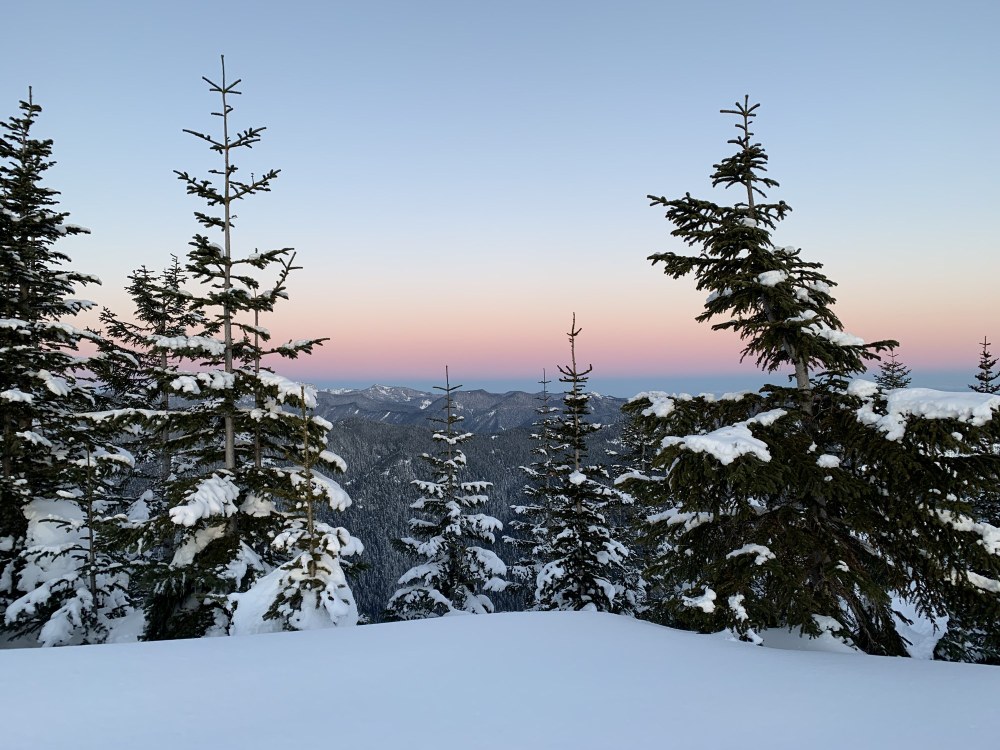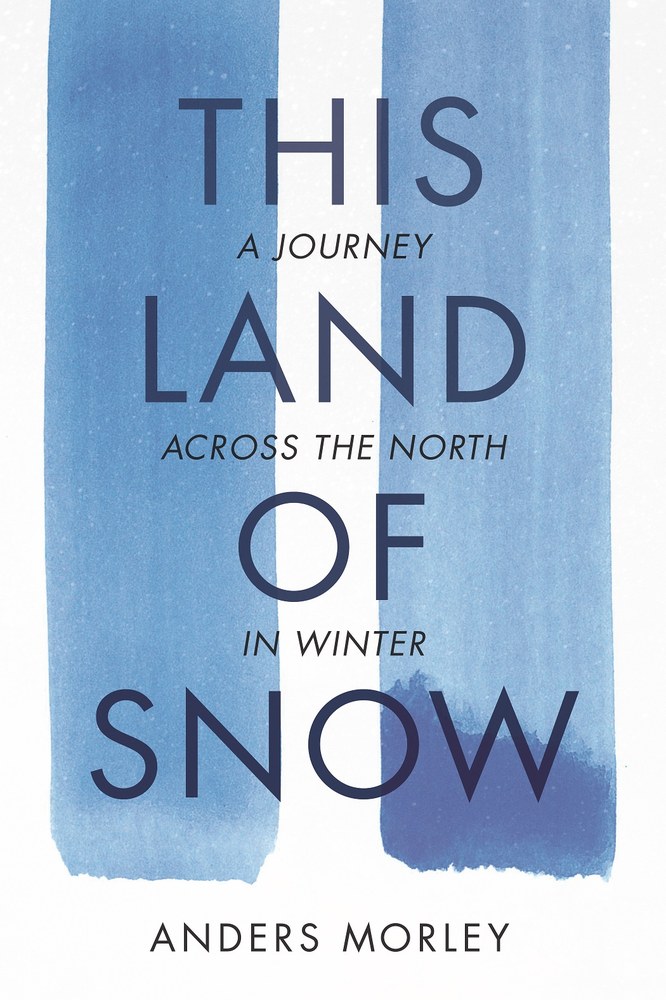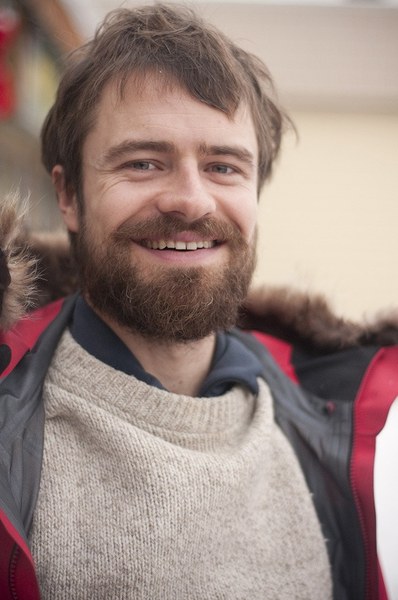
A passionate skier since he was a child, Anders Morley dreamed of going on a significant adventure, something bold and of his own design. And so one year in his early thirties, he decided to strap on cross-country skis to travel across Canada in the winter alone.
This Land of Snow is about that journey and a man who must come to terms with what he has left behind, as well as how he wants to continue living after his trip is over. You can purchase This Land of Snow at our bookstore, on mountaineersbooks.com, or wherever books are sold. Please enjoy the following excerpt from this recently-released Mountaineers Books title:
 The peaks of the Howson Range, jutting skyward to the south, were daunting. Sometimes they were horrifying. They were massive, steep rocks. I had climbed higher mountains, but under much different circumstances. Mountains, when they are big enough, make their own weather, which here was a ravaging din of wind and flying snow. I skied first past Preterition Peak, then past Redemption Peak. I wondered what had gone through the head of the trembling Calvinist who named them.
The peaks of the Howson Range, jutting skyward to the south, were daunting. Sometimes they were horrifying. They were massive, steep rocks. I had climbed higher mountains, but under much different circumstances. Mountains, when they are big enough, make their own weather, which here was a ravaging din of wind and flying snow. I skied first past Preterition Peak, then past Redemption Peak. I wondered what had gone through the head of the trembling Calvinist who named them.
Once I entered Telkwa Pass, which is laced across with a chain of small lakes, I had to traverse a row of talus slopes that angled like buttresses where the mountains met the high, narrow valley floor. I had to cross one slope up high, because alders had smothered the trail below. I proceeded nervously across what I knew might be a twitchy snowfield: alone, and with an anchor tied to my waist, my chances against an avalanche were hopeless.
Suddenly the white side of Redemption Peak peeled away in front of me, and a boom hit my ears. Powder billowed out from the steep slope of the 8500-foot (2591-meter) mountain. It exploded hundreds of feet into the sky, as if a buried charge had been set off. I stopped in my tracks, knowing I would have to cross the path of the avalanche in minutes. Turning around, my only other option, would mean going back across a slope that hadn’t let go – that for all I knew could spring, like a trap, the moment my ski grazed it. As least the one ahead had already discharged. The sun was going down, and this was certainly no place to sleep. I snaked my way cautiously but with all the confidence I could muster over the tortured drifts that drowned the summertime trail to the pass. Sometimes the drifts had sharp sides that dropped five feet, suddenly, like an ocean wave stacking. But my sled tracked beautifully and would swoop down them behind me in a graceful collapse, like a duck landing on water. The sense that every facet of my environment was working together gave me enough peace of mind to move along with calm focus. Still, I made a mad dash when I reached the densely piled snow of the avalanche path, and came to the other side safely.
When darkness fell – before four o’clock in early December – there was no suitable place to camp. I realized now, too, that whatever trail lay ahead was obliterated by the avalanche fallout. I suspected it lay across a small river that was still running, but I had no strength to test my theory so late in the day. When snow moved in from the west, I decided to stop where I was. It was a fraught place, only feet from the base of a steep slope that held back the weight of a snowfield 1000 yards (914 meters) long – another avalanche in the making. Above, white storms shrieked around the peaks, like a baleful orchestra warming up to score the nightmares stalking my enfeebled consciousness. For the first time I was afraid, but I had little strength left to counter the fear, and I knew it would be a pointless waste of energy anyways. I know I ate, only because I always do, and then I crawled into my tent, resigned to the possibility that I might never wake up, except for a split-second flash of blunt trauma, or maybe suffocation. I was serene.

Anders Morley
This Land of Snow is available at the Seattle Program Center Bookstore, mountaineersbooks.org, and everywhere books are sold.
This article originally appeared in our Winter 2021 issue of Mountaineer Magazine. To view the original article in magazine form and read more stories from our publication, visit our magazine archive.
 The Mountaineers
The Mountaineers